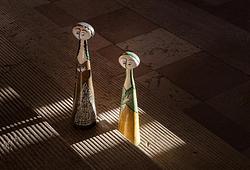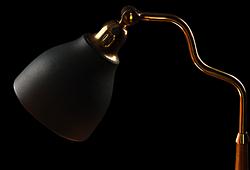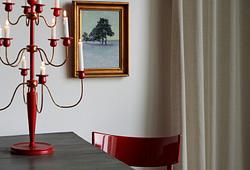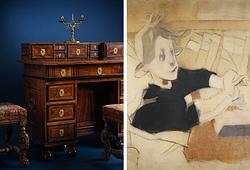Torsten Renqvist
"Sentida kors"
Signed T.R and numbered 2/6. Sculpture, bronze, height 74 cm, including base 171 cm.
Näyttelyt
Liljevalchs Konsthall, Stockholm, "Torsten Renqvist", 4 November 1994 - 8 January 1995, another example exhibited with cat. no. 217.
Kirjallisuus
Liljevalchs Konsthall, Stockholm, "Torsten Renqvist", 4 November 1994 - 8 January 1995, another example illustrated p. 114.
Muut tiedot
On Göteborgs konsts website, the following can be read about the motif in question:
"In memory of the Spanish volunteers 1936-1939".
Over 500 Swedes volunteered to fight against General Franco in the Spanish Civil War. The sculpture on Masthuggstorget is a reminder of them, and not least of the more than 200 who did not come back alive.
A cross, a sign of pain and a signpost. This is how artist Torsten Renqvist describes his work. Over 500 Swedes, including some from Gothenburg, defied the government's ban and traveled down to Spain to volunteer for the civil war. Most were young men, communists and syndicalists, who fought on the government side against General Franco. Many were badly wounded and only 300 came back alive.
In Gothenburg, it was not until 1993 that they were honoured with a memorial sculpture. The issue was controversial and initially, the sculpture was vandalised, probably for political reasons. The small group of Gothenburgers who returned from the civil war kept watch to protect the memorial."


























































